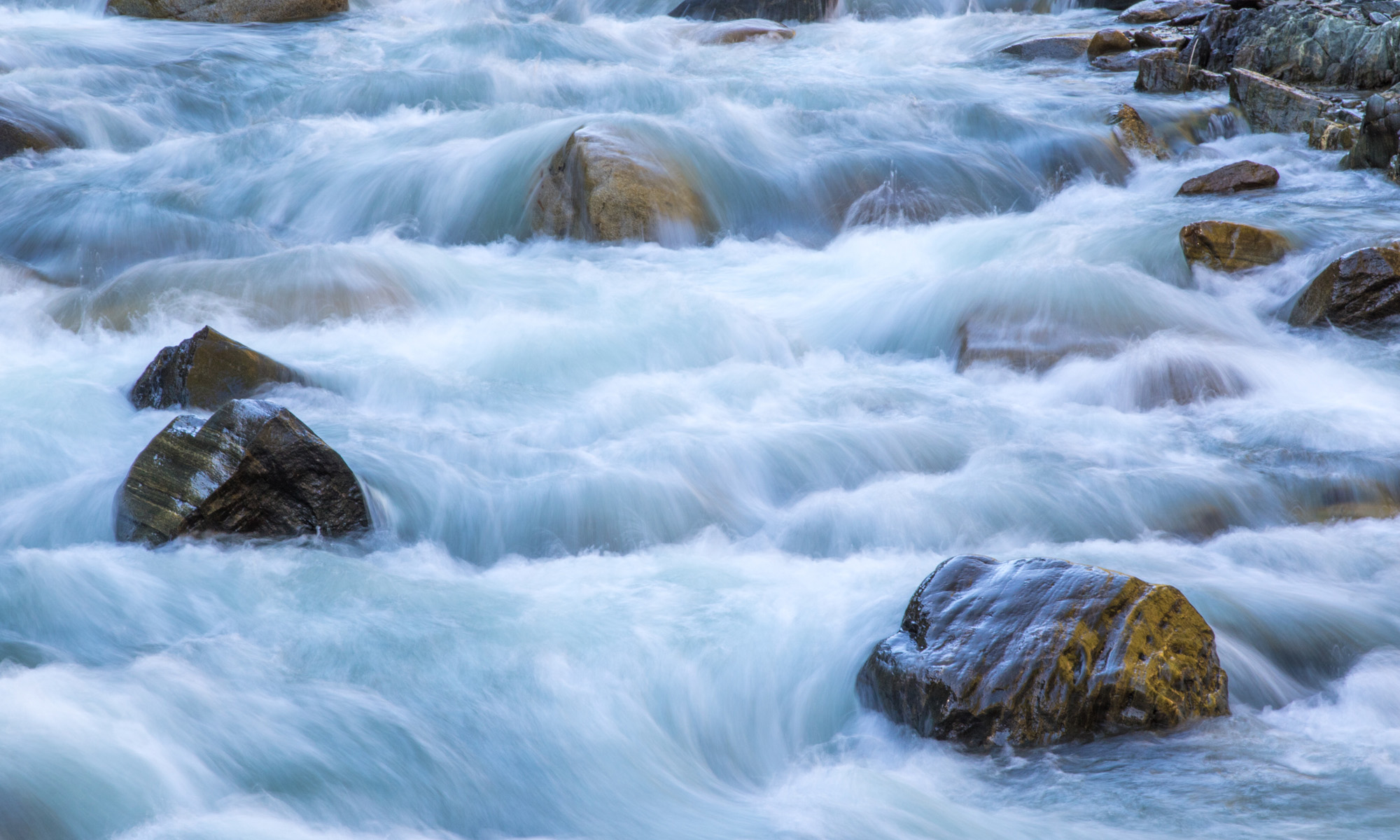Today’s Question: When I try to assemble an HDR [high dynamic range] panorama in Lightroom Classic, it tells me that Deghost will not be applied. Is there a way to use the Deghost feature when creating an HDR panorama?
Tim’s Quick Answer: Yes, you can use Deghost for an HDR panorama, but you’ll need to merge the HDR frames first and then assemble those into a panorama.
More Detail: Lightroom Classic (and Camera Raw for non-Lightroom users!) can assemble high dynamic range (HDR) images and composite panoramas. Both applications can also combine the two techniques in a single process to create an HDR panorama.
However, when you assemble an HDR panorama the Auto-Align feature will automatically be applied (and can’t be turned off) and the Deghost feature is not available. If you want to use Deghost (or disable Auto-Align) you’ll need to assemble the HDR panorama in a two-step process.
The first step is to assemble each bracketed set if captures into an HDR image. During this process you can adjust the settings based on your preference, such as to leverage the Deghost feature. I recommend using the exact same settings for each bracketed set of images you’ll assemble into the panorama.
Once the HDR images have been assembled, you can select only the HDR images (they will be saved as Adobe DNG files) and then use the Photo > Photo Merge > Panorama command to create a panorama based on the HDR images. This will result in the final HDR panorama, requiring more steps than the fully automated approach but with more flexibility in terms of how the images are assembled.

